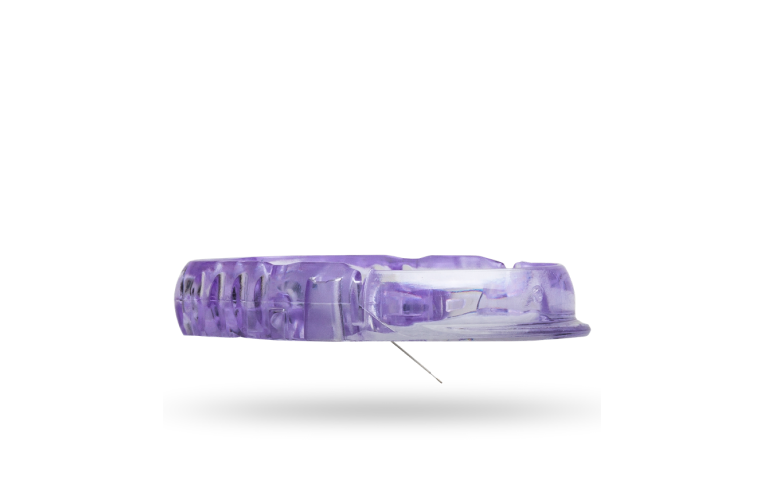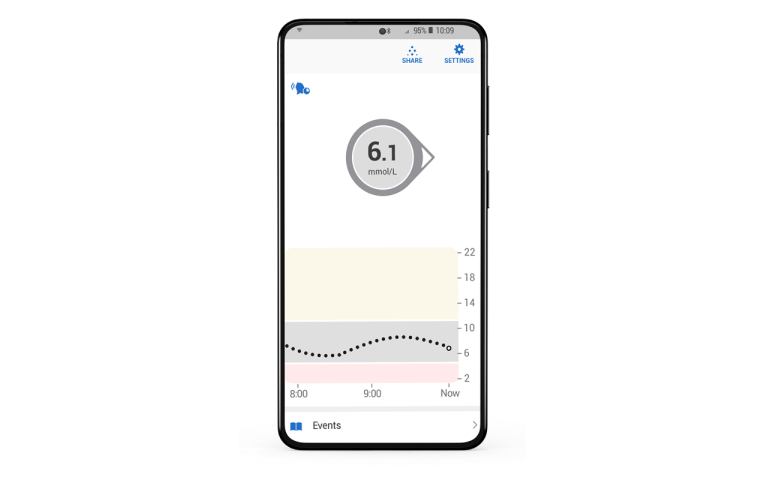Dexcom G6 is a standalone real-time continuous glucose monitoring (rtCGM) system that can also work interoperably with select hybrid closed-loop insulin pumps. It features a 10-day sensor and requires no routine fingersticks or scanning,* empowering greater freedom for people with diabetes ages 2 years and older.
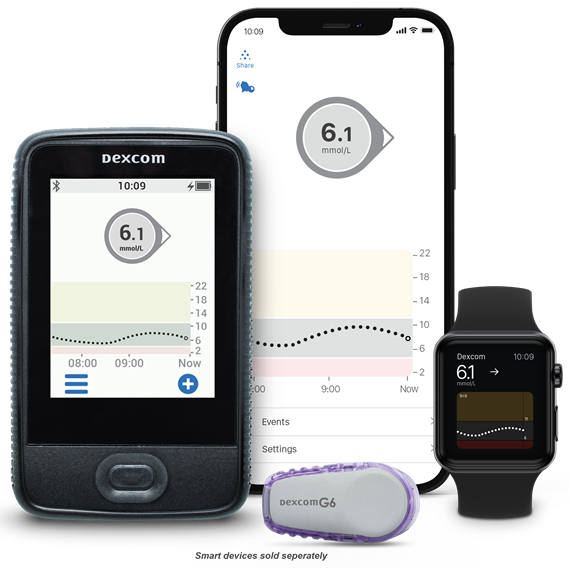
* If your glucose alerts and readings from the G6 do not match symptoms or expectations, use a blood glucose meter to make diabetes treatment decisions
*If glucose alerts and readings from the G6 do not match symptoms or expectations, use a blood glucose meter to make diabetes treatment decisions.
With just a quick glance at their compatible smart device,† patients can see where their glucose levels are heading and how fast. They can also receive alerts and alarm, share glucose data with up to 10 followers,†,‡ and share their data with Dexcom Clarity.§
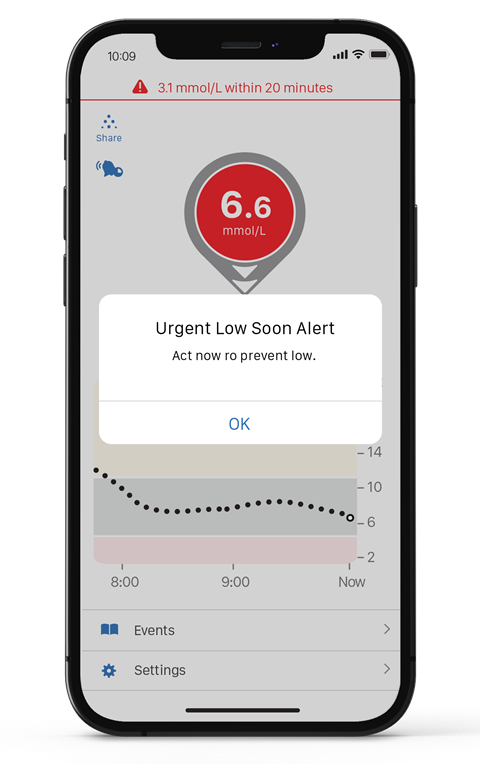
Dexcom Follow helps patients and their designated Followers stay connected, even if they can’t do so in person. When enabled by a sharer, a follower can view their glucose trend graphs and be notified of hyper- and hypoglycemia at specified thresholds and intervals.†,‡
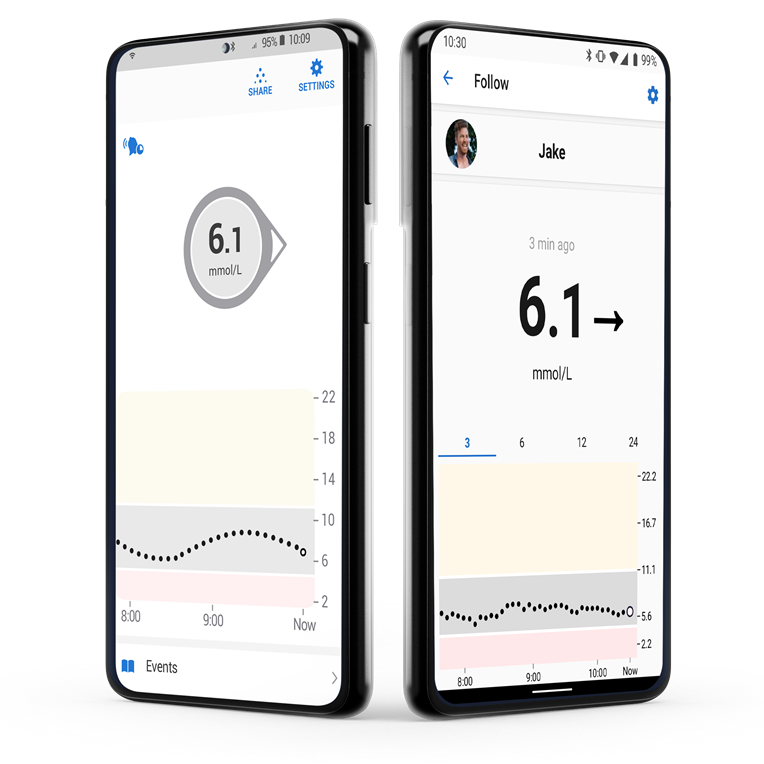
*If your glucose alerts and readings from Dexcom G6 CGM System do not match symptoms or expectations, use a blood glucose meter to make diabetes treatment decisions.
†For a list of compatible devices, visit dexcom.com/compatibility
‡Requires the Follow App and an internet connection. Followers should always confirm readings on the Dexcom G6 App or receiver before making diabetes treatment decisions.
§An internet connection is required to send data to Dexcom Clarity.
1. Beck RW, et al. JAMA. 2017;317(4):371-8.
2. Beck RW, et al. Ann Intern Med. 2017;167(6):365-74.
3. Welsh JB, et al. Diabetes Technol Ther. 2019;21(3):128-32.
4. Reddy M, et al. Diabet Med. 2018;35(4):483-90.
5. Reddy M, et al. Diabetes Technol Ther. 2018;20(11):751-7.
6. Heinemann L, et al. Lancet. 2018;391(10128):1367-77.
7. Using Your G6 Guide, 2022.
8. Shah VN, et al. Diabetes Technol Ther. 2018;20(6):428-33.

